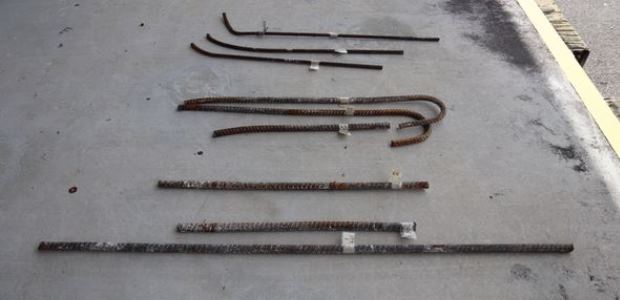
NTSB Reports Design Errors Made in FIU Pedestrian Bridge
Six people died and eight others were injured when the 174-foot bridge collapsed on March 15, 2018, while it was still under construction.
An investigative update issued Nov. 15 by the National Transportation Safety Board Thursday says errors were made in the design of the Florida International University pedestrian bridge that collapsed in Miami on March 15, 2018, and that cracking observed prior to the collapse is consistent with those errors. Six people died and eight others were injured when the 174-foot bridge collapsed. Eight vehicles were crushed in the collapse, with seven of those vehicles being occupied at the time.
The bridge was still under construction when it fell. The new update says design errors made were in the design of the northernmost nodal region of the span where two truss members were connected to the bridge deck, and that the errors "resulted in (1) overestimation of the capacity (resistance) of a critical section through the node comprised of diagonal member 11 and vertical member 12, and (2) apparent underestimation of the demand (load) on that same critical section."
The design review was conducted by the Federal Highway Administration's Office of Bridges and Structures in support of NTSB's ongoing investigation of the collapse. The Federal Highway Administration is a party to the investigation.
The Turner-Fairbank Highway Research Center in McLean, Va., conducted numerous tests and examinations of concrete and steel samples taken from the fallen bridge. The concrete and steel specimens tested by Turner-Fairbank Highway Research Center personnel met the minimum requirements specified in the project's build plans, the update says, adding that concrete core specimens from the bridge deck and bridge canopy met the compression requirements in the project plans.
(The photo in this story shows samples of rebar recovered from the collapsed pedestrian bridge before they were sent to FHWA's Turner-Fairbank Highway Research Center, where the samples underwent materials testing as part of the investigation. NTSB photo by Adrienne Lamm)
On the university's website, a news story about the update quoted FIU Senior Vice President for Finance and Administration and Chief Financial Officer Kenneth Jessell: "At FIU, we continue to fully cooperate with the NTSB so that it may finish its investigation and complete a final report and safety recommendations. We hope the results of the investigation will help bring closure to the families and loved ones of the victims."